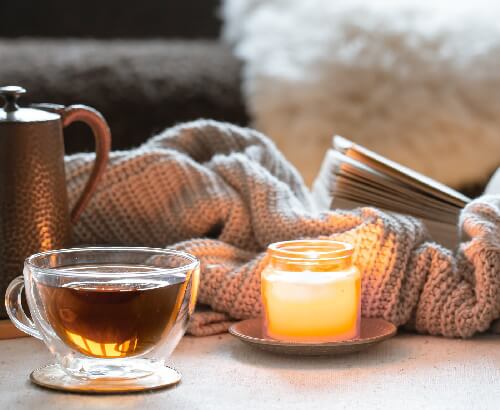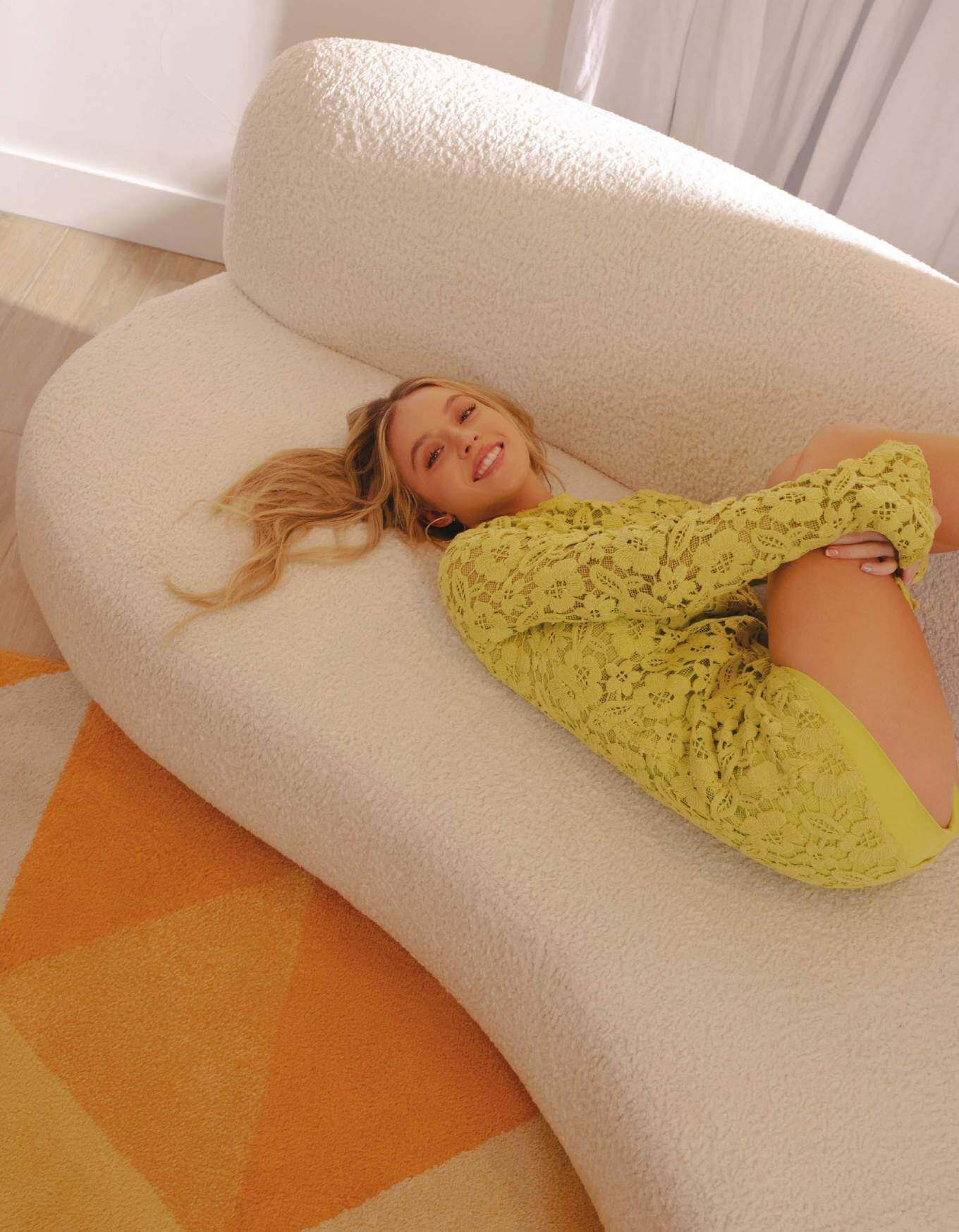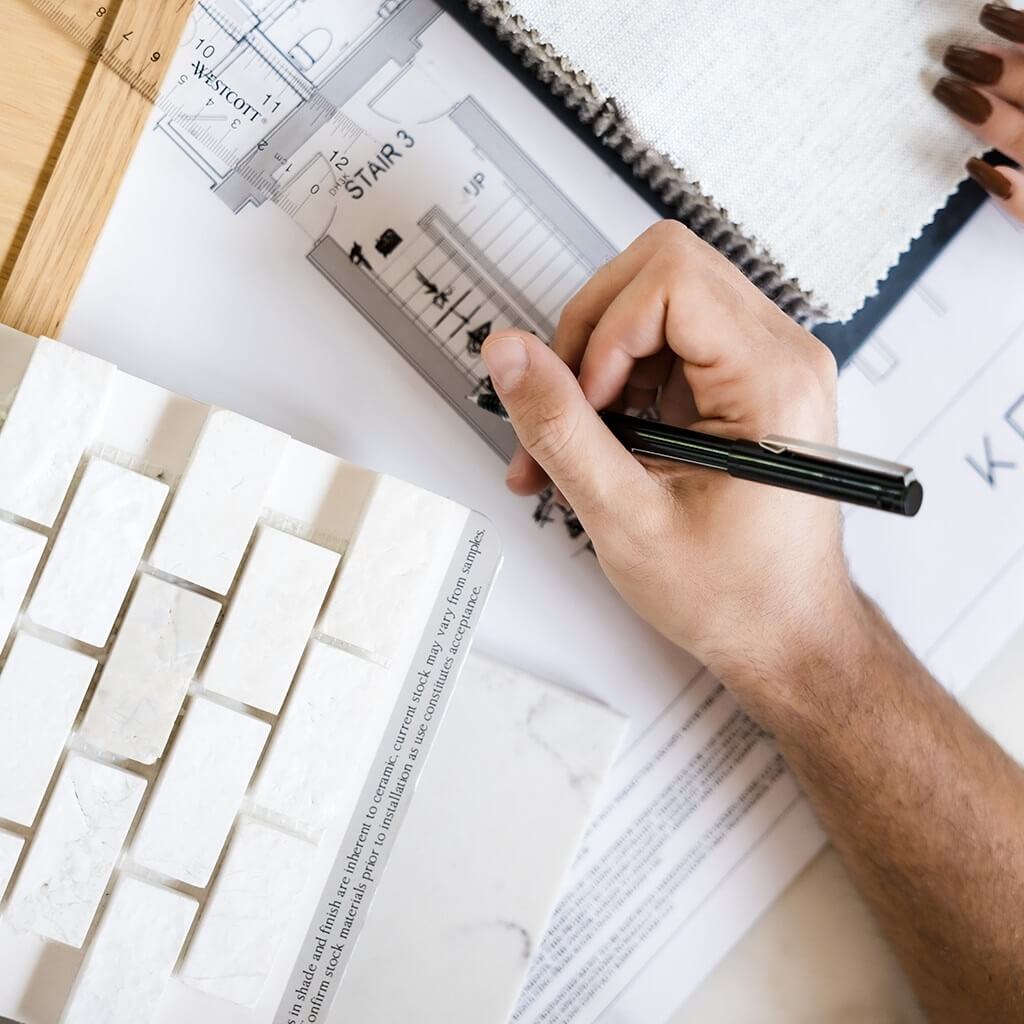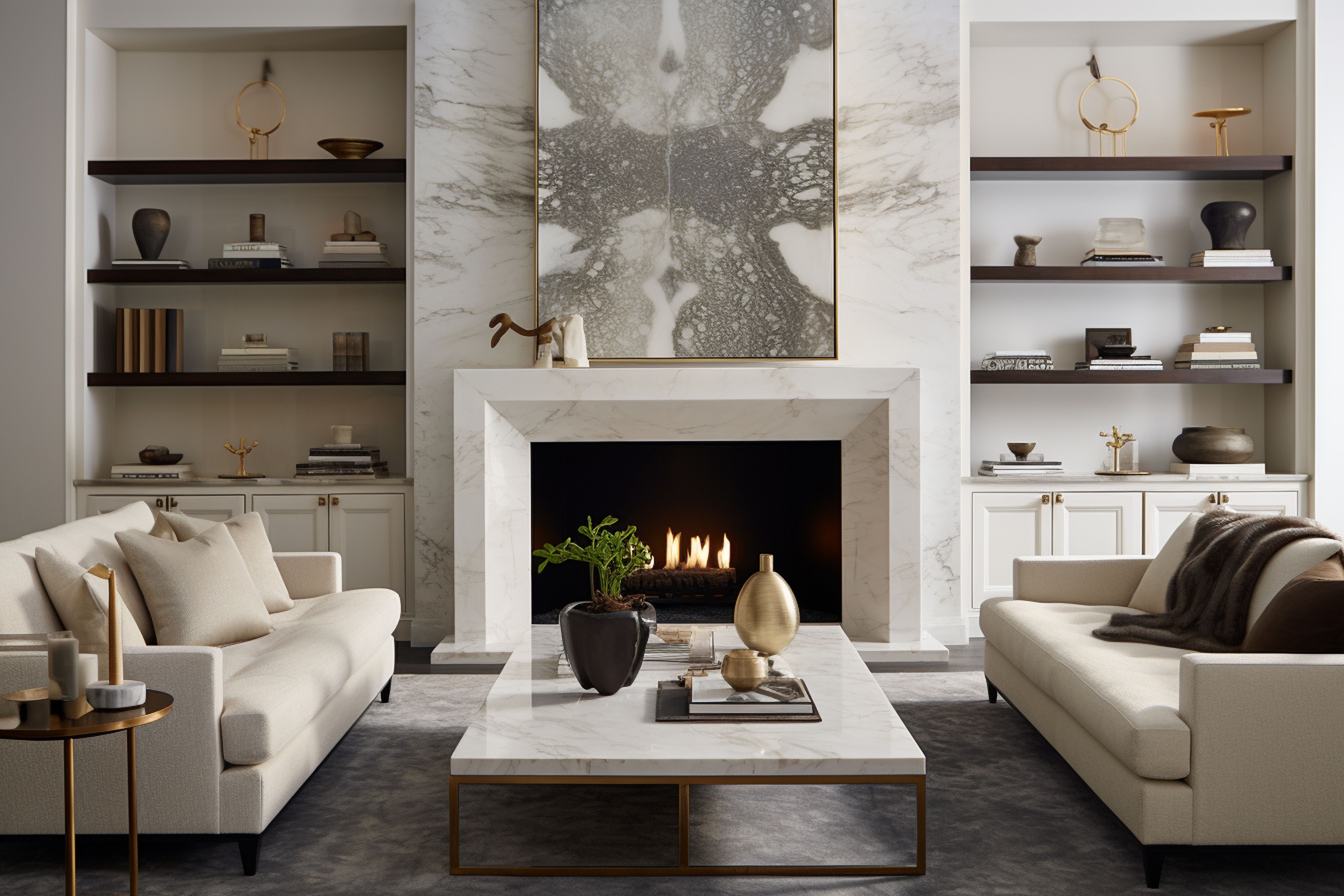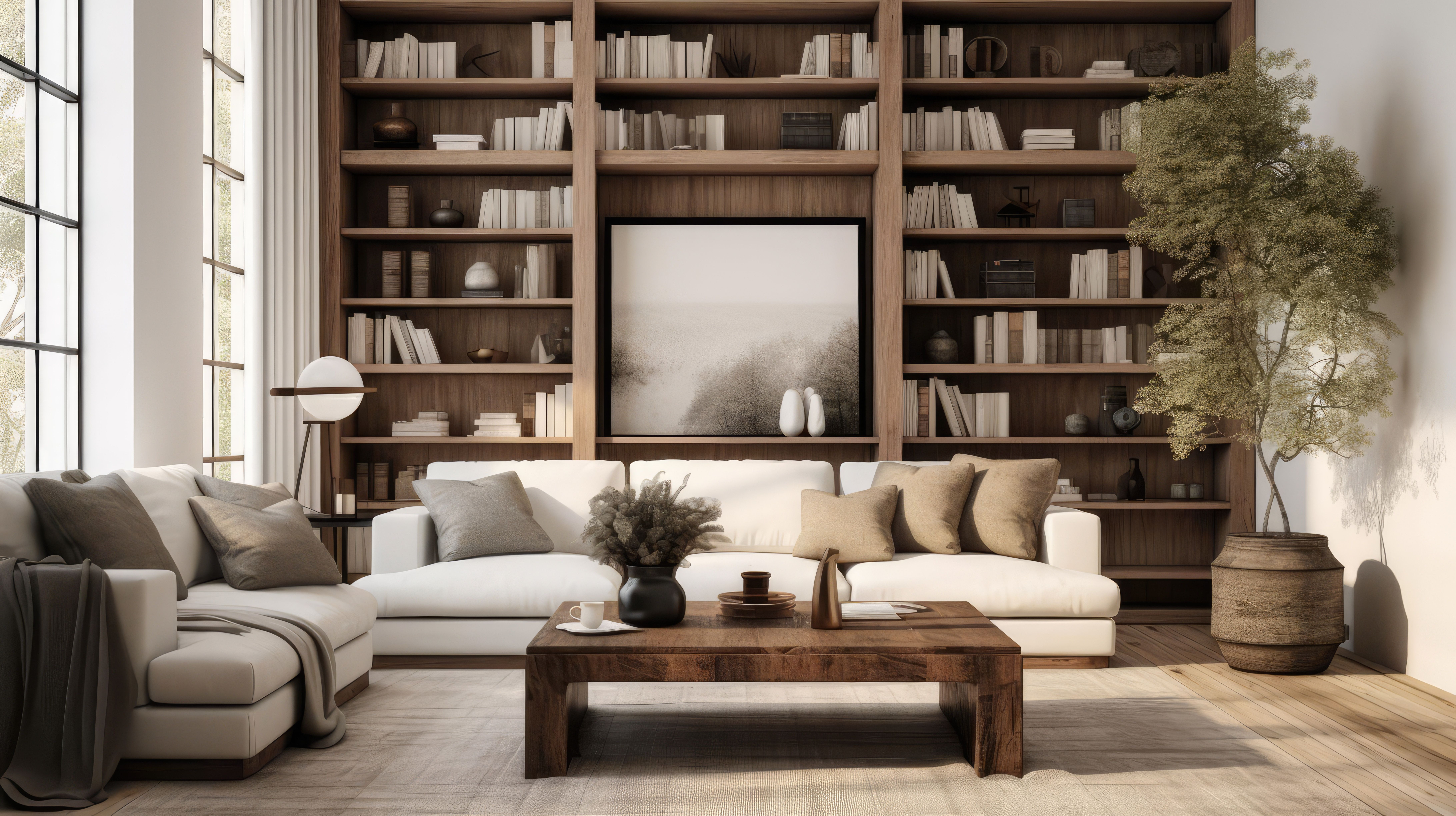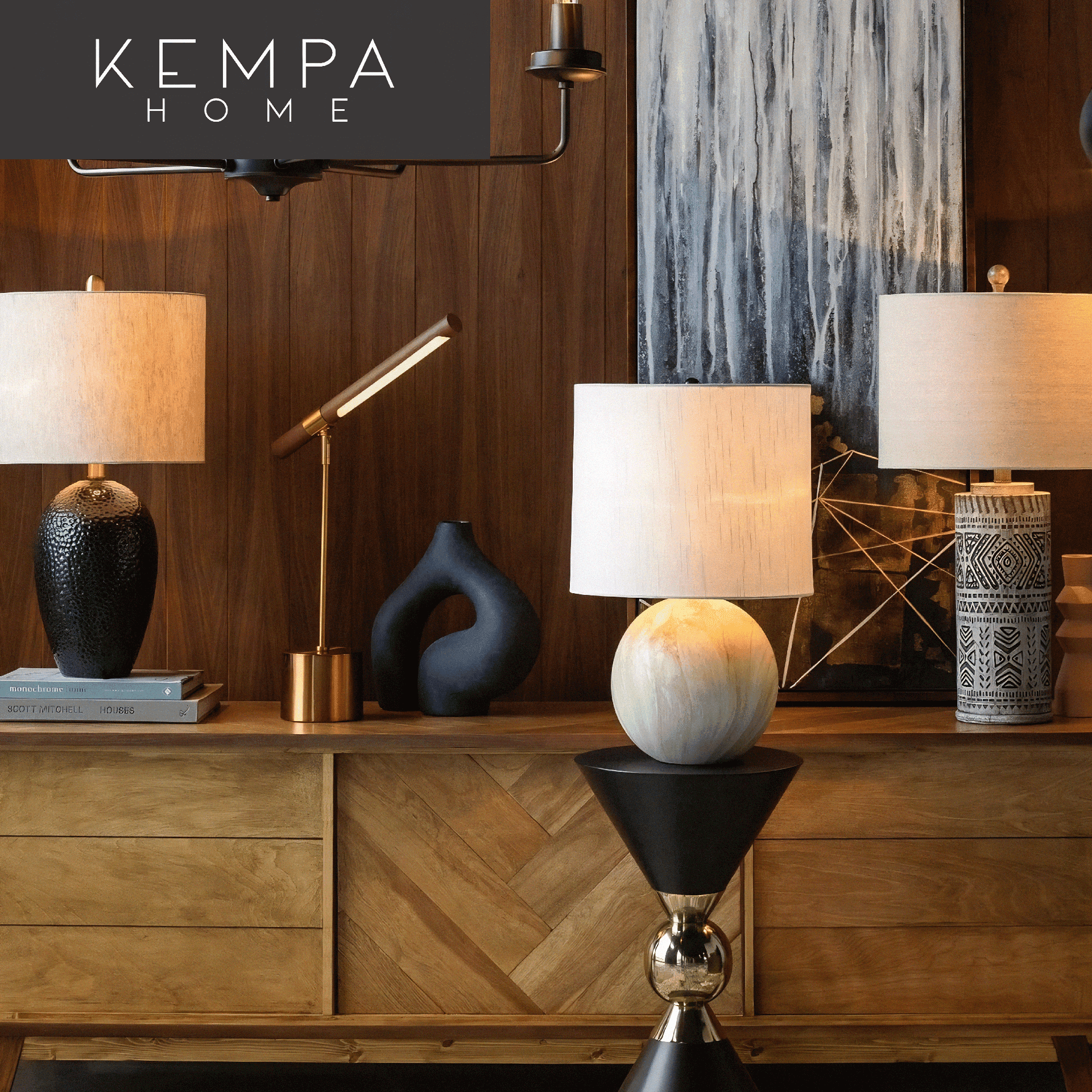Date
February 7th 2024Share this post
You've been pinning to your “Dream Home” board, admiring those magazine-worthy interiors, and wondering—how did they pull that off? With KEMPA HOME's carefully curated tips and tricks, achieving that designer look is within your reach. Prepare to become your favorite interior designer.
1. Set The Mood: The Importance of a Cohesive Theme
Whether you’re preparing to sell your house, or just want to refresh your space, deciding on an interior design theme is essential. A cohesive theme doesn't just guide your shopping choices; it sets the mood for the entire room. Let’s walk through how to set a theme:
Start with Research: Browse through interior design magazines, websites, Instagram and Pinterest to find rooms or themes that resonate with you. Note common elements that draw your attention. There will likely be a recurring element or detail that keeps catching your eye. Pay attention to the styles that inspire you, or the products you can’t stop thinking about weeks later.
Create a Mood Board: Use tools like Pinterest or simply cut out images from magazines to create a mood board that visually represents your theme. This will help you keep focused when you start shopping for items.
Consistency is Key: When you are ready to make purchases, refer back to your mood board and the elements you noted. Aim for furniture and accessories that complement the overarching theme. Oftentimes, your mood board will match an interior design theme such as modern, farmhouse, coastal, transitional, or a mixture - eclectic. We recommend researching these themes when deciding on your purchases.
Whether you’re preparing to sell your house, or just want to refresh your space, deciding on an interior design theme is essential. A cohesive theme doesn't just guide your shopping choices; it sets the mood for the entire room. Let’s walk through how to set a theme:
Start with Research: Browse through interior design magazines, websites, Instagram and Pinterest to find rooms or themes that resonate with you. Note common elements that draw your attention. There will likely be a recurring element or detail that keeps catching your eye. Pay attention to the styles that inspire you, or the products you can’t stop thinking about weeks later.
Create a Mood Board: Use tools like Pinterest or simply cut out images from magazines to create a mood board that visually represents your theme. This will help you keep focused when you start shopping for items.
Consistency is Key: When you are ready to make purchases, refer back to your mood board and the elements you noted. Aim for furniture and accessories that complement the overarching theme. Oftentimes, your mood board will match an interior design theme such as modern, farmhouse, coastal, transitional, or a mixture - eclectic. We recommend researching these themes when deciding on your purchases.

2. The Power of a Focal Point
When you walk into a room, where is your eye naturally drawn to? Designing around a focal point is all about creating a place for the eye to land. Whether we’re building a house from the ground up, or redecorating a single room, we are always considering how to build on the focal points. Here are our favorite tips regarding focal points:
Identify your focal point: Choose something naturally eye-catching like a fireplace, framed piece of art, large window, etc.
Arrange your furniture and decor around your focal point: We want to make sure we are adding to our focal point, not distracting from it. Pointing furniture to face the focal point, angling lighting to compliment it, and positioning decor under or on it will make the strongest impression.
Use decor to bring the eye into your focal point: incorporating surrounding decor is a great way to design around a focal point and bring the eye in. Center the focal point with complimentary decor, such as decorated shelves on either side of a fireplace.
Light up your focal point: Not only is it our favorite way to set the mood of a room, but lighting is also a subtle way to bring attention to your focal point and highlight its details. We love to elevate artwork with lights overhead, pendant lights to draw the eye up to the windows, and even as a standalone focal point. Take a look at some of our favorite lights in our collection, that are sure to make a statement.
“Accessories aren't decorations; they complete the design.”
3. Intentionality in Accessories
Curation: Choose items that relate to the design but also speak to your personality. We love to play with different textures. For example, our Lacuna Jute and Glass Vase paired with the Evelyn ceramic bowl stays compliments a neutral color palette while offering contrasting textures and shades.
Restraint: Less is often more. Don't just fill space—make it meaningful.
Placement: Experiment with heights, arrangements and alignments for visual interest.
4. Mastering the Rule of Three
Odd numbers naturally please the eye and make compositions appear more dynamic. It’s called the “Power of Three.” Look around and you will start to notice this everywhere, food photography, shop windows, bus stop ads. Having items placed in threes has been known to be pleasing to the eye for years, and your home is no exception. How to Apply:
Consider Size: A large coffee table will require larger groupings and larger objects to feel proportional.
Go Big: Consider grouping three pendant lights above your kitchen island.
Experiment: Don't limit yourself to just one group of three—these visual trios can be implemented throughout your design.
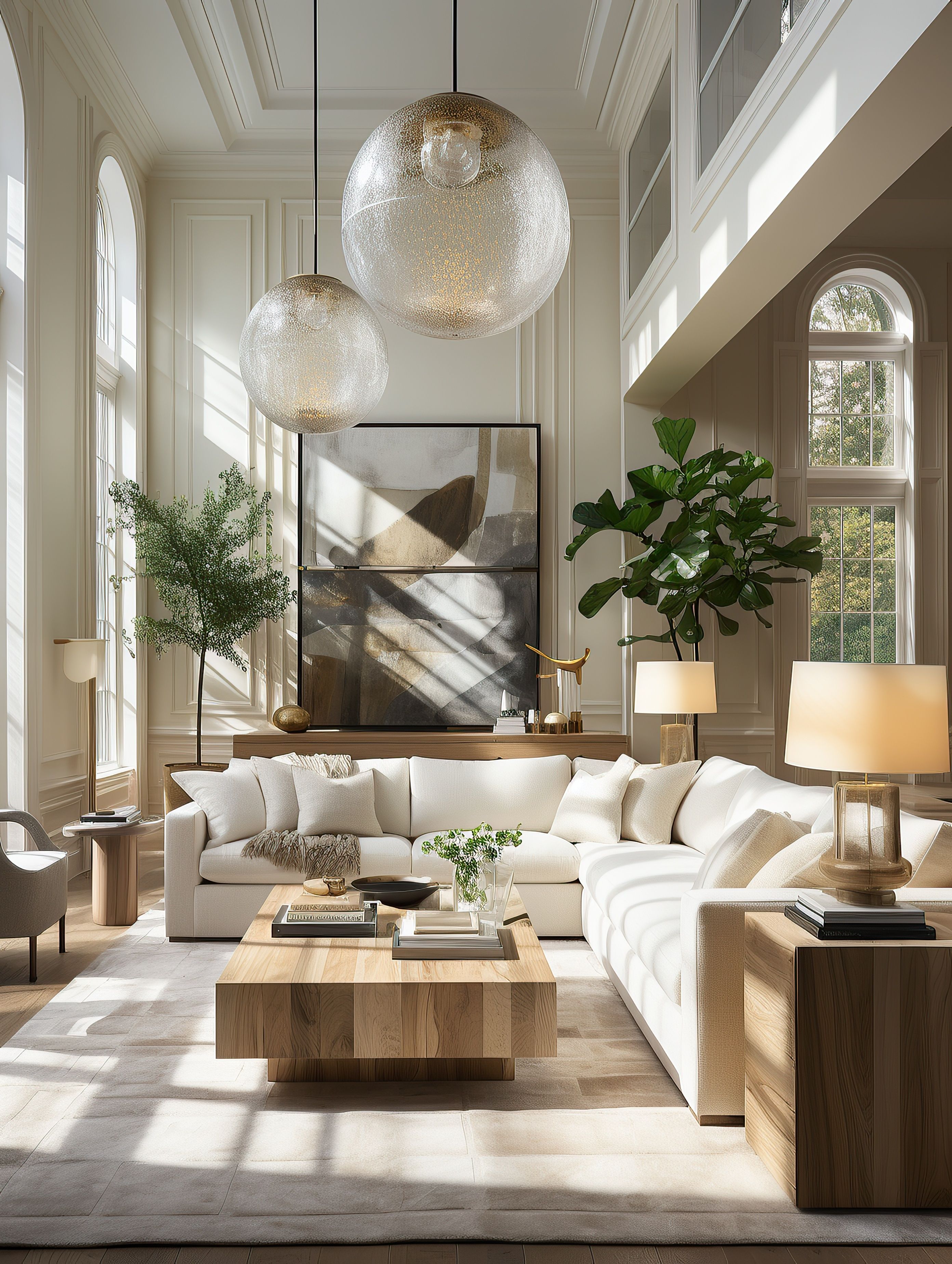
5. Quality Over Quantity
A well-curated space focuses on the integrity of each piece, not just the overall abundance. Our tips:
Investment Pieces: Spend more on key pieces that will be the foundation of your room. You will end up saving more, by not having to replace premium products that are made with quality from the beginning.
Edit: Constantly revise your space. Remove items that no longer fit your vision or change out items for the season or holiday.
Timelessness: Opt for pieces that have a timeless appeal rather than being trendy. Your taste in design themes may change over time, but timeless pieces can fit in almost any design trend.
6. Textures and Layers
Textural variety is the key to making a room feel both visually rich and incredibly comfortable. How to Apply:
Material Mix: Combine wood, metal, glass, and fabrics to create a layered look.
Accent: Use pillows and throws for easy, interchangeable texture.
Surprise Element: Introduce an unexpected texture like faux fur or paneled wall to make a statement.
Want more advice? Our expert team of professional designers are always ready to help, simply send us an email at design@kempahome.com or fill out our interior design form.
5. Quality Over Quantity
A well-curated space focuses on the integrity of each piece, not just the overall abundance. Our tips:
Investment Pieces: Spend more on key pieces that will be the foundation of your room. You will end up saving more, by not having to replace premium products that are made with quality from the beginning.
Edit: Constantly revise your space. Remove items that no longer fit your vision or change out items for the season or holiday.
Timelessness: Opt for pieces that have a timeless appeal rather than being trendy. Your taste in design themes may change over time, but timeless pieces can fit in almost any design trend.
6. Textures and Layers
Textural variety is the key to making a room feel both visually rich and incredibly comfortable. How to Apply:
Material Mix: Combine wood, metal, glass, and fabrics to create a layered look.
Accent: Use pillows and throws for easy, interchangeable texture.
Surprise Element: Introduce an unexpected texture like faux fur or paneled wall to make a statement.
Want more advice? Our expert team of professional designers are always ready to help, simply send us an email at design@kempahome.com or fill out our interior design form.

